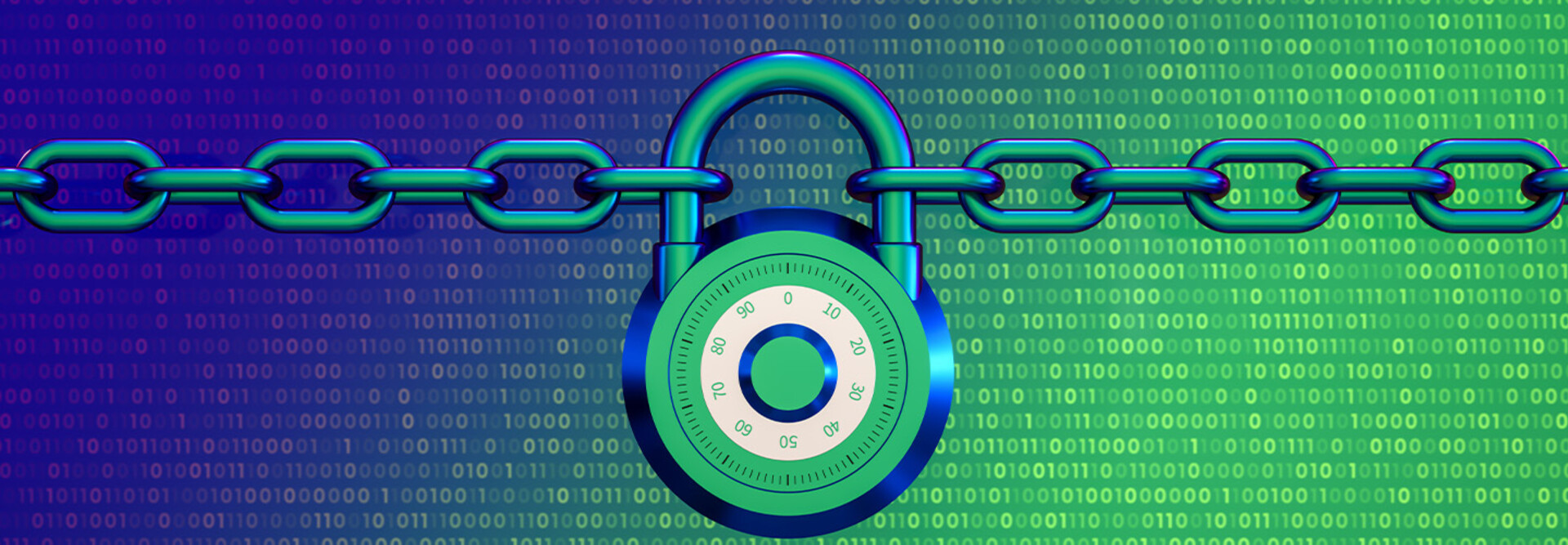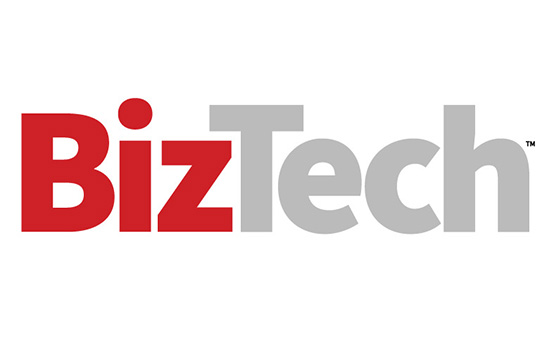This sophisticated attack strategy requires that IT leaders adopt a zero-trust mindset. This means shifting from perimeter defense to containment; from trust to continuous verification; and from static controls to adaptive, risk-based security models.
For Frank Dickson, group vice president for security and trust at IDC, defending against RaaS comes down to shoring up five basic areas.
“Focus on your network controls, application controls, identity and permissions, data security, and endpoint security,” he says.
2. AI-Powered Phishing Attacks and Deepfakes
AI has elevated phishing from a crude tactic to a very convincing and scalable attack vector. Threat actors are now using generative AI to craft messages that are tailored to the target, often based on publicly available information or stolen data.
AI phishing messages no longer have typos or generic greetings. They reflect recent real news, industry trends or transactions. They are also carefully crafted in tone and format so that users are more likely to engage.
“Phishing isn’t just email anymore,” Desai explains. “It’s evolving into voice phishing or ‘vishing’, with attackers using AI-generated voice cloning and deepfakes to impersonate executives or IT staff over the phone.”
To defend against these threats, organizations must deploy “AI-powered detection, real-time inspection, and continuous validation of users and devices,” Desai says. “Generative AI must become standard across the security stack, because the adversary is already using it.”
Unlock Exclusive Cybersecurity Insights
Complete the form below to be redirected to CDW's exclusive proprietary research report on Cybersecurity. Once the form is submitted, you’ll be opted into our Security email stream.
Deepfake-driven fraud is another growing threat, and the only way to get ahead of it is with a multilayered defense that combines AI-powered detection with strong human awareness.
“First, businesses need to remove implicit trust from their systems,” Desai says. “That means continuously validating identities, devices and context — not just at login, but throughout the session.”
Just as important is preparing the workforce: Employees must know how to verify unexpected requests, especially when they involve credential resets, wire transfers or executive approvals.
DISCOVER: The security solutions and services from CDW that can help your business.
“We recommend running deepfake simulation exercises — not just for security teams but across departments to help employees develop instinctual responses to suspicious situations,” Desai says. “We’re not just fighting malware anymore; we’re defending against highly believable synthetic deception.”











